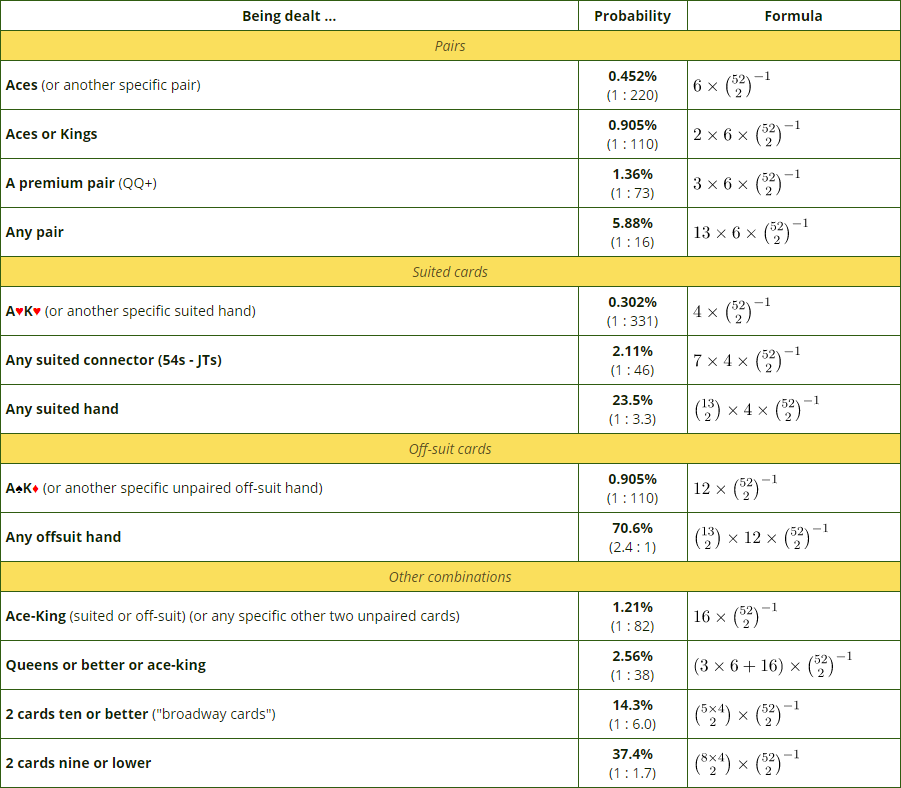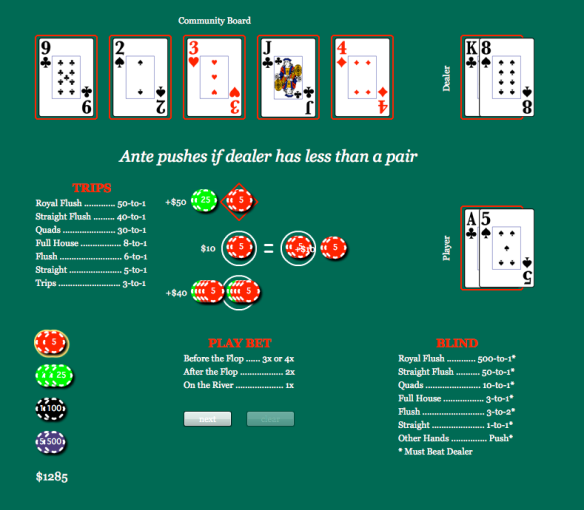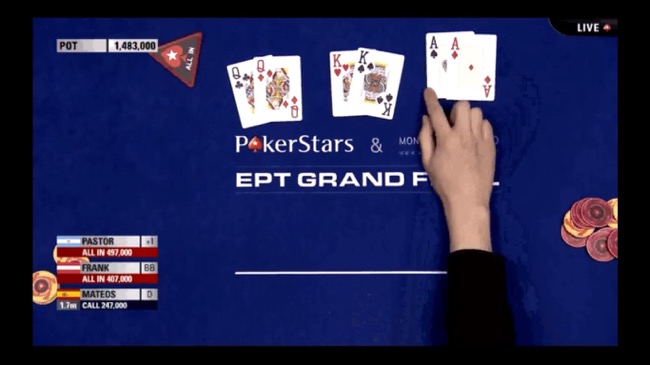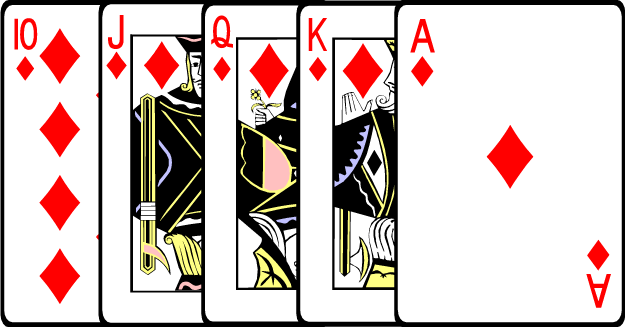Odds Of Hitting Quads In Texas Holdem
- Odds Of Making Quads In Texas Holdem
- Odds Of Flopping Quads In Texas Holdem
- Odds Of Hitting Quads In Texas Hold'em
Just anecdotal but I was playing live at a casino last week and I flopped quads twice and hit quads on the turn another time in a 5 hour session. That probably represents about 160 - 175 hands. Sometimes the laws of probability can seem to be violated over a small sample size.
Here are some important probabilities in Omaha that returns in different situations. Knowledge about probabilities will help you to better evaluate situations in poker. You will , for example, know when you should call and when you shouldn't, and, vice versa, know when to fold and when the odds are in your favor.
| Drawing hands probabilities | Odds | Percent |
|---|---|---|
| Double wraparound straight draw (e.g. hand: 9-8-5-4, flop: 7-6-x) | 0.48-1 | 68% |
| Wraparound straight draw (e.g. hand: 8-5-4-x, flop: 7-6-x) | 0.67-1 | 60% |
| Straight flush draw | 0.84-1 | 54% |
| Hitting a full house with three pairs | 3-1 | 24% |
| Hitting a full house with two pairs | 5.1-1 | 16.5% |
| Hitting quads with a set | 21.5-1 | 4.5% |
- The odds in this Texas Hold'em odds table are unlikely to directly help your overall strategy, but they are pretty interesting nonetheless. The Texas Hold'em odds for each of the different situations have been given in both percentage and ratio odds, so use whichever format you feel comfortable with.
- In that scenario, quad eights will lose approximately 1 out of 190,476 hands. (By the way, this is for any 7-card game which means Texas Hold 'em OR 7-card stud.) I was surprised with that number. I thought it would actually be much, much lower odds. (In other words, much harder to hit.).
- With 7 cards to choose from in hold'em, your hole cards and the board, the odds of making quads is about 1 in 595. (13. (48 choose 3)) / (52 choose 7) which = 0.7 or 1 in 595. This is over the entire 7 cards. So for another person to have quads in the same hand we figure out how many possible hands are left.
Starting hands
There are many starting hands in Omaha (16.432 if not all suit combinations are counted), which makes it difficult to get an overview. Table 2 will hopefully increase that overview a bit.

| Situation | Percent |
|---|---|
| A-A-K-K double suited to win against average hand | 73% |
| A-A-K-K rainbow to win against average hand | 68% |
| A-A-7-7 double suited to win against average hand | 72% |
| A-A-7-7 rainbow to win against average hand | 67% |
| A-A-J-T double suited to win against average hand | 76% |
| A-A-J-T rainbow to win against average hand | 71% |
| J-T-9-8 double suited to win against average hand | 56% |
| J-T-9-8 rainbow to win against average hand | 49% |

Comments
Exemple of a double suited hand: Q♥ A♥ 2♦ K♦
Exemple of a rainbow hand: Q♥ A♣ 2♠ K♦
The best Omaha hands are less bigger favorites against an average hand compared to Texas Hold'em.
In Texas Hold'em, common knowledge is that A-A is very big favorite against all other hands. In Omaha, A-A as a part of a hand is far from that strong. In general, an A-A-x-x hand versus a random four-card hand is a 70-30 favorite in average (if all the starting hands that are normally folded are excluded, the A-A-x-x hands will be even less favorites).
Made hands versus draws
A typical feature in an Omaha Hi game is a set against a hand with several drawing possibilities. The made hand will not be a very big favorite (sometimes it is an underdog), so the recommended strategy is to play fast and bet/raise the pot in these situations.

| Situation | Percent |
|---|---|
| Top set against flush draw | 70%-30% |
| Middle set against flush draw | 70%-30% |
| Top set against flush draw + two pairs | 68%-32% |
| Set against wraparound straight draw | 52%-48% |
| Set against double wraparound straight draw | 53%-47% |
Odds Of Making Quads In Texas Holdem
Comments
Factors that can affect the odds are for example blocking cards.
Flush draws versus straight draws
In Omaha, hands with flush draws are often more likely to win than straight draws.
| Situation | Percent |
|---|---|
| Flush draw against wraparound | 60%-40% |
| Flush draw against double wraparound | 55%-45% |
 No decimals are used. The numbers are only approximal.
No decimals are used. The numbers are only approximal.
Comments
Since that many cards are in action, there are often combined possibilities, which makes it hard to give general percentages. A hand with a flush draw has mostly something else, like a pair or a straight draw as well.
Odds Of Flopping Quads In Texas Holdem
Related article:Omaha strategy
Playing poker is about playing the odds. The following list gives the odds for outcomes in Texas Hold’em hands. When you realize how heavily the odds are stacked against you, you may want to rethink going all-in before the flop with two suited cards. Use the odds to your advantage:
Odds Of Hitting Quads In Texas Hold'em
1 percent (1-in-100): Percentage of time that no player holds an Ace or a King at a table in a 10-handed game
1 percent (1-in-100): Percentage of time that if you hold two suited cards, you’ll flop a flush
6 percent (about 1-in-20): Percentage of time that five community cards will give pocket suited cards a flush
6 percent (about 1-in-20): Percentage of time that you’ll be dealt a pocket pair
8 percent (about 1-in-12): Percentage of time that you’ll hit at least trips after having a pair on the flop
12 percent (about 1-in-8): Percentage of time that you’ll flop trips if holding a pocket pair
12 percent (about 1-in-8): Percentage of time that two more cards will flop in the same suit as a suited pocket pair
19 percent (about 1-in-5): Percentage of time that the five community cards will at least trip your pocket pair
32 percent (about 1-in-3): Percentage of time that you’ll pair one of your cards on the flop (with no pocket pair)
33 percent (about 1-in-3): Percentage of time that you’ll make a full house or better after having trips on the flop
35 percent (about 1-in-3): Percentage of time that you’ll make a flush on the turn or river if you have four cards to a flush after the flop